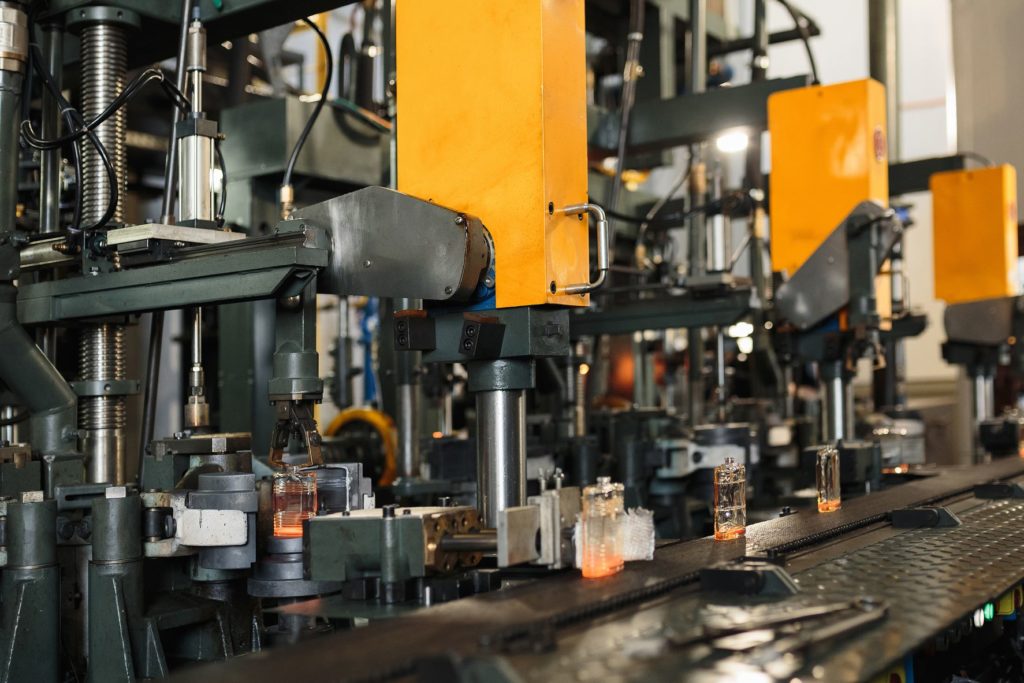Chemicals firm cuts time from product concept to market introduction by half
CHALLENGE
Faced with rapidly ever tougher global competition, customer demands and cost pressures, the management team of this manufacturing and technology licensing company needed to increase both the effectiveness and efficiency of its innovation/R&D process in order to secure future market opportunities. The challenge was to increase the success rate of innovation projects and to cut the time from product concept to market introduction by half.
The company had a central R&D department, but there were also people working on innovation in the various plants across Europe. The people in the plants were closest to the customer and were working mainly on applications, whereas those in the central R&D department were doing ‘blue-sky’ development.
APPROACH
We began by working together with the client’s European business team, the R&D hub and a representation of process engineers from the various plants throughout Europe to analyse the “as is” situation. Three main issues were identified:
- The customer release process was problematic because samples did not meet customer requirements, and this had created the perception of the company being an unreliable supplier for its customers.
- The increased number of additives being used was creating in-house manufacturability issues and additional complexity both in the plants and in the supply chain.
- Instability in the innovation/R&D portfolio contributed to an increasing time-to-market.
However, the definition and management of product platforms was strong, as was the skills level
throughout the innovation/R&D organisation. Therefore, there were some solid elements we could build on.
We worked as a joint team with the European business team, the R&D hub and process engineers from the plants to identify the root causes of problems, establish key levers to turn the situation around, and set clear and challenging targets. We set up a project governance structure, including a review team, a project team and various workstream teams, and established milestone deliverables. We used a combination of “waterfall” and “agile” project approaches to get things done. We selected nine pilot projects to introduce the new ways of working and deliver actual results.
THE IMPLEMENTATION
Performance improvement programmes must carefully balance human and technical aspects if they are to deliver significant, sustainable results. A critical aspect for sustainability is the development of a deep local ownership of the solutions to the problems. Therefore, we approached the challenge by ensuring the solutions were developed by a process of co-creation right from the start.
We worked on three workstreams in parallel:
-
Integrated strategic and operational planning
We started to break down organisational silos by bringing people together from the business team, the R&D hub and the plants in a series of workshops to craft an integrated strategic and operational planning process and to create a management and reporting structure. This meant that when technology and product roadmaps were generated they were better aligned with the market requirements and timelines. This prevented the development of applications and platforms becoming intertwined.
-
Transparent portfolio management
We achieved greater transparency and alignment through broadening the employees’ skill base and developing the use of existing IT tools. This meant that employees were better able to deal with uncertainty and to understand investment alternatives when “go–no go” decisions were being taken at stage gates along the innovation process. The development of effective behaviours in the project teams and around these tollgates was paramount throughout the implementation.
-
design rules and complexity
The principle of product platforms/product families was well understood and adhered to; however, new applications were not being managed well. A variety of additives was being used to achieve the same properties, and this was creating more and more complexity both in manufacturing and in the supply chain. In addition, rules such as design for manufacture were not tightly managed. In one case the company’s client was deeply impressed by the time-to-market of the new product they required, and the properties were spot on. However, the problem was that manufacturing the new product caused the production output to drop by 30%.
We ensured that the design rules were more explicitly defined, documented and accessible for everyone. We also introduced clear accountabilities and responsibilities to tighten the process for releasing additives and managing their variety.
The “as is” situation at the start of our joint project provided a good basis to build on. Many of the elements of world-class innovation management were already in place. The performance improvement was due mainly to an improved organisational alignment (and integration), more effective behaviours and, in particular, a more disciplined use of tools and methods.
Of course, there are a range of useful multi-project-management IT tools that can enhance visibility and enable more effective project portfolio management; however, the challenge here is to foster the behavioural change and teamwork that is required to build on the IT capability and not to rely solely on the IT tool to change the way people work.
Innovation, in contrast to health, safety and environmental management, demands risk-taking. DuPont’s Robert A Cooper sums up the requirement neatly: “Don’t manage the risk of failure. Manage the cost of failure.” Achieving this goal does not mean avoiding failure; it means failing clearly and early. To facilitate this behaviour, we developed a clearly defined and staged project management process with tollgates and explicit tollgate criteria. In fact, processes were designed for various project categories. “Go–no go” decisions could now be made based on facts. The development of effective behaviours in the innovation project teams and around these tollgates was paramount throughout the implementation.



